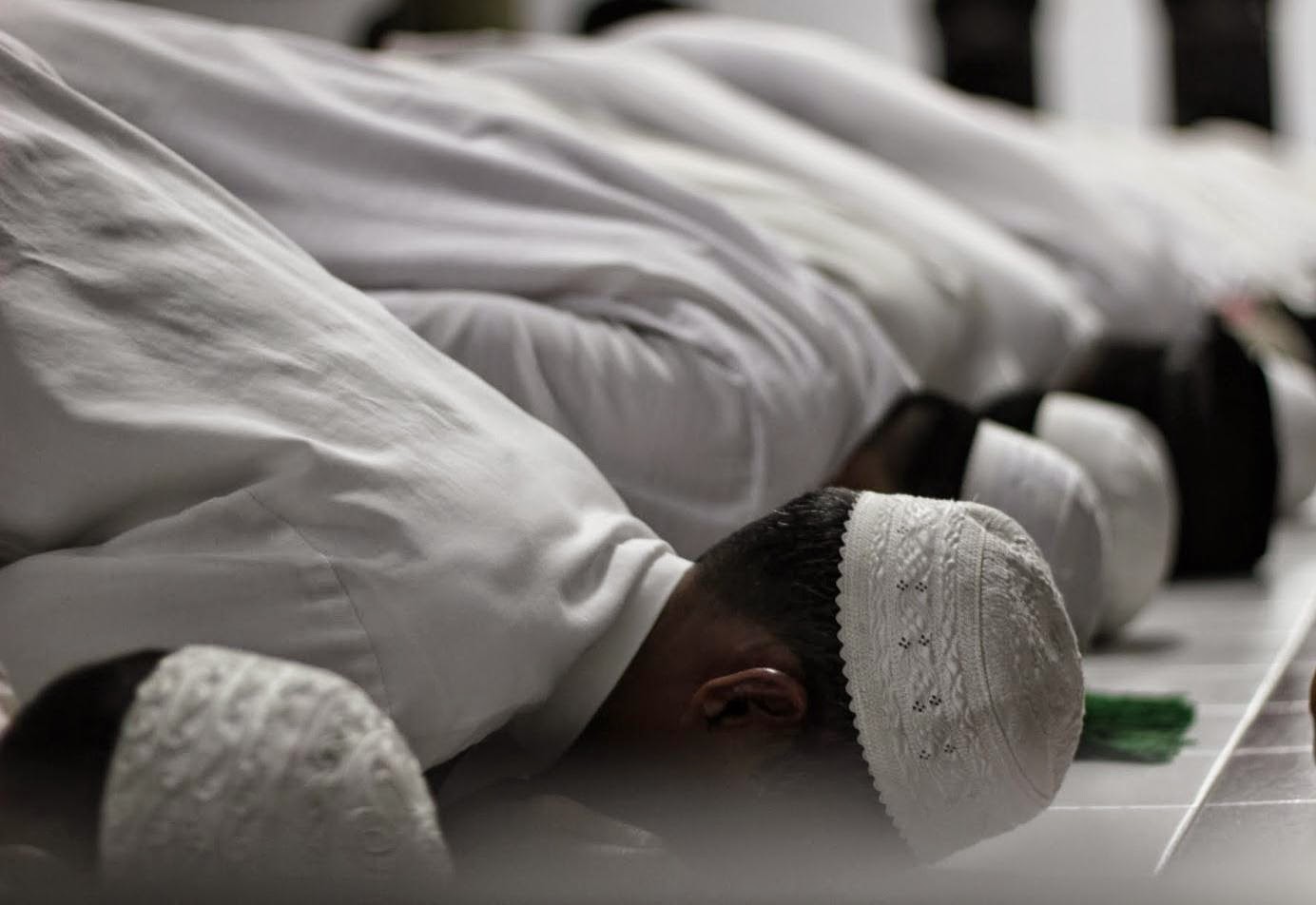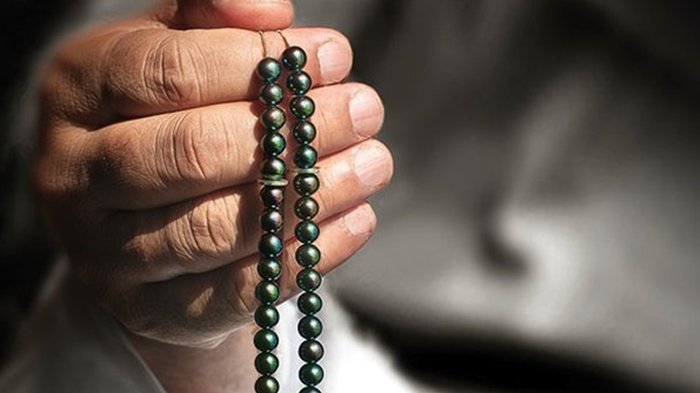QUESTION:
What do the scholars of the Dīn and muftīs of the Sacred Law state regarding the following issue: Why are there differences in the Sahūr timings of Ramadān timetables for the U.K. and please can you clearly explain this matter from the Qur’ān & Sunnah, and as to which formula is correct – if you could please shed some light on this also?
Questioner: Zahid from UK
ANSWER:
بسم اللہ الرحمن الرحیم
الجواب بعون الملک الوھاب اللھم ھدایۃ الحق والصواب
According to the Qur’ān & Sunnah, the end time for Sahūr is Subh Sādiq [i.e. true dawn]. In the U.K. when Ramadān enters into B.Nights [i.e. when the night does not occur], so because it is not possible to attain Subh Sādiq [dawn] due to the brightness of the nights in such days, this is why precaution[1] is indeed in stopping eating and drinking a few seconds before half of the night during such days[2]. However, when night does occur in Ramadān, in other words, when it falls under normal timing [i.e. when there is no abnormal timing in this regard], Subh Sādiq [the break of dawn] occurs at that exact point and moment in time when the sun is 18 degrees below the horizon in the East. One comes to see that there are repeated observations from hundreds of years and the scholars, pious predecessors and experts of the science of timings bear witness and are testament to this very matter, and to this day the timetables for Sahūr are made on this exact same degree in every single Muslim country to date.
Let us understand this matter from the Qur’ān & Sunnah; according to the Qur’ān, the end time of Sahūr is at Subh Sādiq [true dawn]. Just as Allāh Almighty has stated,
{وَکُلُوۡا وَاشْرَبُوۡا حَتّٰی یَتَبَیَّنَ لَکُمُ الْخَیۡطُ الۡاَبْیَضُ مِنَ الْخَیۡطِ الۡاَسْوَدِ مِنَ الْفَجْرِ۪ ثُمَّ اَتِمُّوا الصِّیَامَ اِلَی الَّیۡلِۚ}
{…and eat and drink until the white thread (i.e. the light of dawn) becomes distinct to you from the black thread (i.e. the darkness of night) at dawn, then complete the fast till nightfall (i.e. sunset)…}
[al-Baqarah: 187]

According to hundreds of Tafsīrs [explanatory Quranic commentaries], here white thread refers to Subh Sādiq [true dawn] and black thread refers to night i.e. when the white thread becomes apparent from that of the night, one is to therefore stop eating and drinking. And now we will contemplate and ponder over the definition of Subh Kādhib and Subh Sādiq [i.e. false dawn and true dawn].
Subh Kādhib [false dawn][3]: Such a growing straight vertical light resembling a pillar (from the horizon towards the sky) that becomes apparent on the Eastern edge of the sky well before Subh Sādiq [true dawn] and it becomes dark after this. This does not spread in terms of width horizontally, rather it increases in height vertically like [the appearance of] a wolf’s tail, and its width is less but height more.
Subh Sādiq [true dawn]:[4] Subh Sādiq refers to that scattered (arch-like and curved) horizontal light that can be seen spread on the Eastern edge (horizon) of the sky i.e. in the North and South, and it spreads extremely quickly towards the entire sky; this is also known as Fajr Thānī [the second dawn]. The width of this is greater and the height of it less, and it is Harām for a fasting person to eat, drink or have intercourse at the time of Subh Sādiq [true dawn], and if he is to do so, then the fast will therefore become invalid.
And it is mentioned in Hidāyah,
“أَوَّلُ وَقْتِ الْفَجْرِ إذَا طَلَعَ الْفَجْرُ الثَّانِي وَهُوَ الْبَيَاضُ الْمُعْتَرِضُ فِي الْأُفُقِ”
[Hidāyah, vol. 1, p. 217]
And it is stated in Durr Mukhtār with Radd al-Muhtār,
“وَهُوَ الْبَيَاضُ الْمُنْتَشِرُ الْمُسْتَطِيرُ لَا الْمُسْتَطِيلُ (إلَى) قُبَيْلِ (طُلُوعِ ذُكَاءَ) بِالضَّمِّ غَيْرُ مُنْصَرِفٍ اسْمُ الشَّمْسِ (قَوْلُهُ: وَهُوَ الْبَيَاضُ إلَخْ) لِحَدِيثِ مُسْلِمٍ وَالتِّرْمِذِيِّ وَاللَّفْظُ لَهُ «لَا يَمْنَعَنَّكُمْ مِنْ سُحُورِكُمْ أَذَانُ بِلَالٍ وَلَا الْفَجْرُ الْمُسْتَطِيلُ وَلَكِنْ الْفَجْرُ الْمُسْتَطِيرُ» ‘ فَالْمُعْتَبَرُ الْفَجْرُ الصَّادِقُ وَهُوَ الْفَجْرُ الْمُسْتَطِيرُ فِي الْأُفُقِ: أَيْ الَّذِي يَنْتَشِرُ ضَوْءُهُ فِي أَطْرَافِ السَّمَاءِ لَا الْكَاذِبُ وَهُوَ الْمُسْتَطِيلُ الَّذِي يَبْدُو طَوِيلًا فِي السَّمَاءِ كَذَنَبِ السِّرْحَانِ أَيْ الذِّئْبِ ثُمَّ يَعْقُبُهُ ظُلْمَةٌ’.”
“This is such whiteness that spreads (in an arch-like and curved manner) before the rising of the sun; it does not be long [i.e. vertical]. And the words of the Hadīth of Tirmidhī are that ‘Do not let the Adhān of Bilāl prevent you from your Sahūr[5], nor the vertical Fajr (the light that occurs vertically from the bottom to the top), but the horizontal Fajr (the whiteness that spreads horizontally [on the horizon]).’ The Fajr Sādiq [true dawn] that is taken into consideration is the one that spreads in an arch-like and curved manner on the horizon. In other words, its light is to spread at the edges of the sky, not Subh Kādhib [false dawn – Zodiacal light[6]] as this becomes apparent vertically in length like the tail of a wolf; after this, darkness then pursues and follows suit in spreading over.”
[Durr Mukhtār with Radd al-Muhtār]
Hadīths regarding Subh Sādiq [true dawn]
1 – It is stated in Sunan al-Tirmidhī that the Noble Messenger ﷺ has stated,
“لَا يَمْنَعَنَّكُمْ مِنْ سُحُورِكُمْ أَذَانُ بِلَالٍ، وَلَا الفَجْرُ المُسْتَطِيلُ، وَلَكِنِ الفَجْرُ المُسْتَطِيرُ فِي الأُفُقِ”
“Do not let the Adhān of Bilāl prevent you from your Sahūr[7], nor the vertical Fajr (the light that occurs vertically from the bottom to the top), but the horizontal Fajr (the whiteness that spreads horizontally [on the horizon]).”
[Sunan al-Tirmidhī, Hadīth no. 706]
Explanation
In this blessed Hadīth, permission has been granted to eat during the Adhān of Bilāl and the vertical dawn, and the final last and end time for Sahūr was regarded as Subh Sādiq [referring to the horizontal dawn].
2 – It is stated in a Hadīth of Sunan Abī Dāwūd[8] that the Beloved Messenger ﷺ stated,
“لَا يَمْنَعَنَّ مِنْ سُحُورِكُمْ أَذَانُ بِلَالٍ، وَلَا بَيَاضُ الْأُفْقِ الَّذِي هَكَذَا حَتَّى يَسْتَطِيرَ”
“The Adhān (call to prayer) of Bilāl should not prevent you from taking your pre-dawn meal, nor the vertical whiteness of the horizon until the whiteness spreads out horizontally on the horizon.”
[Sunan Abī Dāwūd, Hadīth no. 2346]
Explanation
One comes to know from this that the end time for Sahūr is not the vertically straight light i.e. Subh Kādhib and the Adhān of Bilāl, rather the final time for Sahūr is the light that spreads horizontally on the horizon.
3 – It is stated in Sunan Nasā’ī that the Blessed Prophet ﷺ stated,
“«لَا يَغُرَّنَّكُمْ أَذَانُ بِلَالٍ، وَلَا هَذَا الْبَيَاضُ حَتَّى يَنْفَجِرَ الْفَجْرُ هَكَذَا وَهَكَذَا يَعْنِي مُعْتَرِضًا » قَالَ أَبُو دَاوُدَ: «وَبَسَطَ بِيَدَيْهِ يَمِينًا وَشِمَالًا مَادًّا يَدَيْهِ”
“‘Do not be confused by the Adhān of Bilāl, or by this whiteness, until dawn appears like this’ – meaning horizontally. (One of the narrators) Abū Dāwūd said, ‘And he [ﷺ] spread out his [blessed] hands by gesturing towards the right and left.’”
[Sunan Nasā’ī, Hadīth no. 2171]
Clarification of the Hadīths
If these Hadīths were to be explained in light of the science of Astronomy of today, then it would be said that when the sun sets in the West and then goes below the earth [Southern hemisphere] towards the East, then before rising when it reaches 18 degrees, a horizontal light therefore spreads from the East on the edges of the sky towards the North and South and covers the sky in full. It has become apparent and clear from observations that this light is in the form of an arch [curved], and its length is more but width less.
And its width on the horizon is more than its length on the horizon. Even though this light is less in amount at the start, but it increases rapidly and it seems as though this is spreading even though the limits at each end is albeit with less light but the starting of it becomes apparent with an arch-like [curved] appearance.[9] At such time, its state and condition is as though it is a physical representation of the Quranic white thread being clearly different from its black thread. In the initial, it may have been the case that someone did not see clear light at 18 degrees. This happens because our eyes are not accustomed or familiar to such observations; the eyes become accustomed and familiar after a few days of observations, hence this light then becomes clearly visible at 18 degrees.
The scientific name [i.e. terminology] for this form of light is Astronomical twilight, even though non-Muslim scientists have not defined this in the same manner as Muslims have, but it is indeed this very light that is known as Astronomical twilight.
The light visible at 15 degrees
This light is also of Subh Sādiq [true dawn] which started when the sun was 18 degrees below the horizon, for instance the closer the sun to the horizon, the lesser the degree and the more the light. The only difference between this light and that of 18 degrees is that this (the one of 15 degrees[10]) has more light, and the light spreads across the entire horizon straightaway. Furthermore, one does not require any form or type of [prior] experience in order to view the 15 degree light; even an inexperienced individual will find this on the first day. Whereas, there is a need for [prior] experience in order [to be able] to view the 18 degree light. However, when one has found this the first time around, so then whenever one wishes to see it, it will therefore be clearly visible. This experience is only to accustom and familiarise the eyes which usually becomes the case within ten days.
The report of the observation team
One group of scholars who observed said that ‘initially we actually saw Subh Sādiq [true dawn] at 15 degrees only, then after 7-10 days we noticed that this [i.e. true dawn] actually occurs 6-7 minutes beforehand and then this gap gradually increased on a daily basis up to the extent that by the end of the month, it was visible at exactly the same time that is in line with the timing of 18 degrees.’ Now from this clarification, it has been made apparent that the scholars who mentioned 15 degrees was only because they had made only a few observations. Whereas, a large amount of jurists [Muftīs] and experts in the field of timing have indeed stated that Subh Sādiq [actual dawn] occurs when the sun is 18 degrees below the horizon. This is because they observed for many days until the true reality became clear and open. Hence, when Subh Sādiq [true dawn] has occurred before this [15 degrees] at 18 degrees, then according to the Qur’ān and Sunnah, whoever will eat or drink until 15 degrees will not be in the state of fasting.
The statements of the experts in the science of timekeeping regarding Subh Sādiq [true dawn] occurring at 18 degrees throughout the whole world
1 – It is stated in Sharh Chaghmīnī,
“وَ َقدْعُرِفَ بِالتَّجْرُبَۃِ اَنَّ اَوَّلَ الصُّبْحِ وَ آخَرَ الشَّفَقِ اِنَّمَا یَکُونَ اِذَا کَانَ اِنْحِطَاطُ الشَّمْسِ ثَمَانِیۃَ عَشْرَجُزْءً ا “
“One comes to know from the translation that the starting of Subh Sādiq [true dawn] and the end of dusk is at that exact point and moment in time when the sun is 18 degrees below the horizon.”
[Sharh Chaghmīnī, p. 122]
2 – The Muslim scientist Abū Rayhān al-Bayrūnī[11] writes in al-Qānūn al-Mas’ūdī,
“وَ بِحَسْبِ الْحَاجَۃِ اِلَی الْفَجْرِ وَ الشَّفَقِ رَصَدَ اَصْحَابُ ہٰذہِ الصَّنَاعَۃَ اَمْرَہ، فَحَصَلُوا مِن قَوَانِیْنِ وَقْتِہِ اَنَّ اِنحِطَاطَ الشَّمْسِ تَحْتَ الُافُقِ مَتیٰ کَانَ ثَمَانِیۃَ عَشَرَ جُزْئً کَانَ ذَالِکَ الْوَقْتُ طُلُوعِ الفَجْرِ فِی المَشْرِقِ وَ مَغِیْبَ الشَّفَقِ فِی الْمَغْرِبِ وَ لَمَّا لَمْ یَکُنْ شَیْاً مُعَیِّناً بَل بِالَاوَّلِ مُخْتَلِطاً اُخْتُلُفَ فِی ہٰذَا القَانُونِ فَرَاٰہُ بَعْضُھُمْ سَبْعَ عَشَرَ جُزءً”
[al-Qānūn al-Mas’ūdī, p. 4]
Explanation of the statement
Abū Rayhān al-Bayrūnī has actually mentioned the rule of 18 degrees for both dawn and dusk [i.e. astronomical dawn and astronomical twilight i.e. the start time of Fajr[12] and the start time of ‘Ishā] and he says in the end that some people observed this at 17 degrees; the reason for this is because they saw this at 17 degrees due to this light mixing with the previous dawn [i.e. that of 18]. Hence, those who have made a mistake by falling short into deception from this statement of al-Bayrūnī and have made timetables according to 17 degrees should re-focus, correct and rectify themselves, and they should definitely study a short course in Arabic so that they can become capable of reading the language. Some unfortunate individuals have gone to the extent of saying al-Bayrūnī meant Subh Kādhib [false dawn] occurs at 18 degrees and Subh Sādiq [true dawn] at 17 – may God save us and keep us protected! If Tulū’ al-Fajr [the appearance of Fajr] refers to Subh Kādhib [false dawn], then which dawn does it mean and refer to when it says Mukhtalat bi al-awwal [mix with the first]. Now one comes to know actually from the onset that here the aforementioned appearance and visibility of Fajr refers to Fajr Thānī [the second dawn i.e. Subh Sādiq – true dawn]. What will such people understand, comprehend and explain from this statement of al-Bayrūnī;
اَنَّ اِنحِطَاطَ الشَّمْسِ تَحْتَ الُافُقِ مَتیٰ کَانَ ثَمَانِیۃَ عَشَرَ جُزْئً کَانَ ذَالِکَ الْوَقْتُ طُلُوعِ الفَجْرِ فِی المَشْرِقِ وَ مَغِیْبَ الشَّفَقِ فِی الْمَغْرِبِ
3 – Which expert of timekeeping is there who will be of the likes of my master A’lāhadrat Imām Ahmad Ridā Khān – upon whom be mercies – who would set and adjust the timing on the clock/watch by simply just looking at the alignment of sun in the day and that of the moon and the stars in the night! He states: It is the personal observations of this servant [referring to himself – out of humbleness], year upon year, for Subh Sādiq [true dawn] that its time of commencement is always found when the sun is 18 degrees below the horizon for every season. For Subh Kādhib [false dawn – Zodiacal light] – for which there was no religious ruling – there has not been an opportunity to make arrangements so far. Yes, one absolutely certainly comes to know from the observations that there is actually more than a 15 degree difference between this and Subh Sādiq [true dawn], not 3 degrees. Without doubt, it is stated in al-Burhān Sharh Mawāhib al-Rahmān, again in Shurunbulāliyah ‘alā al-Durar, again in Abū al-Sa’ūd ‘alā al-Kanz, etc;
“البیاض لا یذھب الا قریبا من ثلث اللیل”
“The whiteness finishes near a third of the night.”
[Tanbīh Dhawī al-Ahkām Hāshiyah Durar al-Hukkām, vol. 1, p. 51]
[Fatāwā Ridawiyyah, vol. 10, p. 621]
5 – He further states in Fatāwā Ridawiyyah, ‘The invalidity and incorrectness of the 15 degree decline and the validity and correctness of the 18 degree decline is also proven and established from that renowned occurrence [of Bulghār][13] which is mentioned in Fath al-Qadīr, al-Bahr al-Rā’iq, Durr Mukhtār, and common reliable books.’
[Fatāwā Ridawiyyah, vol. 10, p. 622]
6 – Sayyidī A’lāhadrat – upon whom be mercy – states in Jadd al-Mumtār,
“والحق ان ابتداء الصبح الصادق و انتہاء الشفق الابیض علی انحطاط الشمس ثمانیۃ عشر بہ شہدت المشاہدات المتکررة”
[Jadd al-Mumtār, vol. 4, p. 11]
7 – The expert of the science of Astronomy Imām al-Battānī states,
“و اذا اردت وضع مقنطرات طلوع الفجر و مَغیب الشفق فتضع راس الجدی علی ثمانیۃ عشرفی المقطرات”
[Zīj al-Battānī, p. 14]
8 – Timetables in U.A.E., Bahrain, Kuwait and Saudi Arabia are in fact made upon only 18 degrees. Just as it is stated in Majmū’ah al-Fatāwā,
“طلوع الفجر الصادق یتحقق عندما یصل الشمس تحت الافق الشرقی بقدر ۱۸ درجۃ۔۔۔ وھوالمستعمل فی دخول وقتِ الفجرِ فی دولۃ الکویت”
[Majmū’ah al-Fatāwā al-Shar’iyyah, vol. 1, p. 193]
9 – ‘Allāmah al-Qūshjī writes in his booklet,
“بتجربہ و امتحان معلوم شدہ است کہ درابتداءِ صبح و انتھاء شفق انحاطِ آفتاب ہژدہ درجہ باشد”
[Risālah fī al-Hay’ah, ch. 8]
10 – ‘Abd al-Rahmān al-Sūsī writes,
“اعلم ان مَغیب الشفق کطلوع الفجر و ذالک عندمایکون انخفاض الشمس تحت الافق ثمانی عشر درجۃً”
[Sharh Rawdah al-Azhār]
11 – Dr. Husayn Kamāl, Professor of the University of Riyād, has authored in his book,
“ان بدایۃ وقت الفجر و ھو صلوۃ الصبح یبداعندماتکون الشمس تحت الافق الشرقی بمقدار ۱۸ دگری”
[Ta’yīn al-Mawāqīt, p. 59]
Studying the book Shams al-Anwār for further observations, proof and evidence will be of use and beneficial in this regard.
12 – After the observations by the dear and respected Muftī Iqtidār ‘Alī Na’īmī- upon whom be mercy – who resided in Bradford, U.K., he concluded by writing: When the sun is 18 degrees below from rising, it is therefore Subh Sādiq [true dawn].
[Tafsīr Na’īmī, part 15, vol. 15]
13 – Muftī Shams al-Hudā Misbāhī – may his lofty blessings continue – currently resides in Heckmondwike, U.K. (near Dewsbury/Bradford) and has observed for 4-5 years in the U.K., and the result that is concluded from this research is that Subh Sādiq [true dawn] appears at that exact point and moment in time when the sun is 18 degrees below the horizon towards the East.
14 – The 18 degree stance is also further strengthened from the following statement on the U.K. government London website – The Royal Greenwich Observatory;
The first Scattered sunlight will be visible at the Start of the morning astronomical twilight when the sun is at 18 degrees below the horizon. (H M NAUTICAL ALMANAC)
15 – Other than this, there are numerous Sunnī organisations especially Dawate Islami who have a whole specific entirely dedicated department to this who research the science of timings and Astronomy. This department i.e. The Department of Timings concluded after observations that Subh Sādiq [true dawn] appears and becomes visible when the sun is 18 degrees below the Eastern horizon.
16 – Other than this, all the seniors and juniors of Deobandī individuals agree on the fact that Subh Sādiq [true dawn] occurs at exactly that moment and point in time when the sun is 18 degrees below the horizon. This is why on their website and books such as Ma’ārif al-Sunan by Binori actually bear witness and are testament to this. Only a very small amount of Deobandīs who live in the U.K. deviate from this truth and reality.
From all of these proofs, it has become clear that Subh Sādiq [true dawn] occurs at that exact very point and moment in time when the sun is 18 degrees below the horizon. Other than this, countries close to the U.K. such as Morocco, Turkey and other Muslim countries all act upon this too. In order to attain the correct timetable, one may contact the Zia ul Huda Team or by accessing the U.K. government website – HM Nautical, accept the privacy policy, search for the relevant city and select Astronomical twilight 18 degrees and it will calculate the timings and then one will have the correct timetable available ready to use.
واللہ تعالی اعلم ورسولہ اعلم صلی اللہ علیہ وآلہ وسلم
کتبہ ابو الحسن محمد قاسم ضیاء قادری
Answered by Mufti Qasim Zia al-Qadri
Translated by Haider Ali Madani
Read the original Urdu answer here: [Q-ID0831] Why are there differences in the Suhoor timings on Ramadan timetables in the UK?
Also see:
[Q-ID0463] According to which formula should ‘Isha be prayed during the summer nights of England?
FOOTNOTES
[1] There has been even further precaution mentioned in Fatāwā Europe – referenced in Shams al-Anwār.
[2] This half night stance (specifically in relation to abnormal days) has been mentioned by Muslims scholars and jurists who are experts in the field of Astronomy and timekeeping also supported by non-Muslim research – for instance; Imām Qutb al-Dīn al-Shīrāzī, Imām ‘Abd al-‘Alī al-Barjandī, the Muftī of Qāzān – Imām Hārūn Hanafī, Dr. Shawkat ‘Ūdah, the Imām of the Ahl al-Sunnah Imām Ahmad Ridā Khān, Bahr al-‘Ulūm Muftī Afdal Husayn, a distinct master of textual and rational sciences ‘Allāmah Muzaffar Husayn Ridawī, Imām Muhammad Ibn ‘Abd al-Wahhāb al-Andalusī, Imām Jamāl al-Dīn al-Mārdīnī of al-Azhar, HM Nautical Almanac London as well as other observatories in other countries such as America and Jordan, Fakhr al-Dīn ‘Uthmān al-Zayla’ī, Sadr al-Sharī’ah Muftī Amjad ‘Alī A’zhamī as well as the fact that this whole verdict including 18 degrees and half night is supported by and endorsed by 18 Muslim leading scholars from around the world including the U.K. too, as well as 10 attestations both of which include leading experts in the field of Astronomy and timekeeping, as well as by a council of 26 Muslim scholars, and by two Islamic worldwide organisations [one Sunnī and the other not] as well, and this is all supported by previous timetables made thirty years ago and a hundred years ago by Muslim scholars who were experts in the field of timekeeping and Astronomy. For further detail, please read Shams al-Anwār.
[3] Zodiacal light – this is supported by multiple and several research papers including a journal published by Cambridge University Press, as well as numerous others.
[4] Dawn.
[5] the last meal before daybreak when fasting.
[6] Note: Many unfortunately make the mistake in assuming that because Zodiacal light can only be best seen twice in the year, it therefore cannot refer to false dawn as per the aforementioned Hadīths. However, the Hadīths just mention to not become mistaken by it, this does not necessarily prove that it always be visible. The reason it cannot be seen most of the time is due to external light pollution and moonlight. There are many other rare phenomenon which are also clearly visible as has been noted by astronomers, such as the Milky Way itself, red sprites, airglow/nightglow, lightning, etc. Merely saying that such and such phenomena occurs so far away and hence cannot be seen in the Earth’s atmosphere just simply does not hold any weight in the field of Astronomy as it would not even be possible to see the sun, moon and stars, yet this is absolutely not the case.
One must also bear in the mind that at the time of the Noble Messenger ﷺ, there was more plane land as compared to now due to ever-increasing high-rise buildings and skyscrapers of today. Hence, there is a lot more light interference now than there could have been during the blessed era of the Beloved Messenger ﷺ.
[7] pre-dawn meal.
[8] This is also narrated by Imām Muslim in his Sahīh though with different wording but same in meaning.
[9] The difference can be understood as a camel hump or a triangle as has been described by many researchers, as compared to a small hill-like shape.
[10] Likewise, 12 or 8 for that matter.
[11] The very same Muslim scientist who calculated and determined the radius of the earth.
[12] Rule: Start of Fajr = End of Sahūr (fast).
[13] There is also an objection to this which has been replied to also as well – Shams al-Anwār.

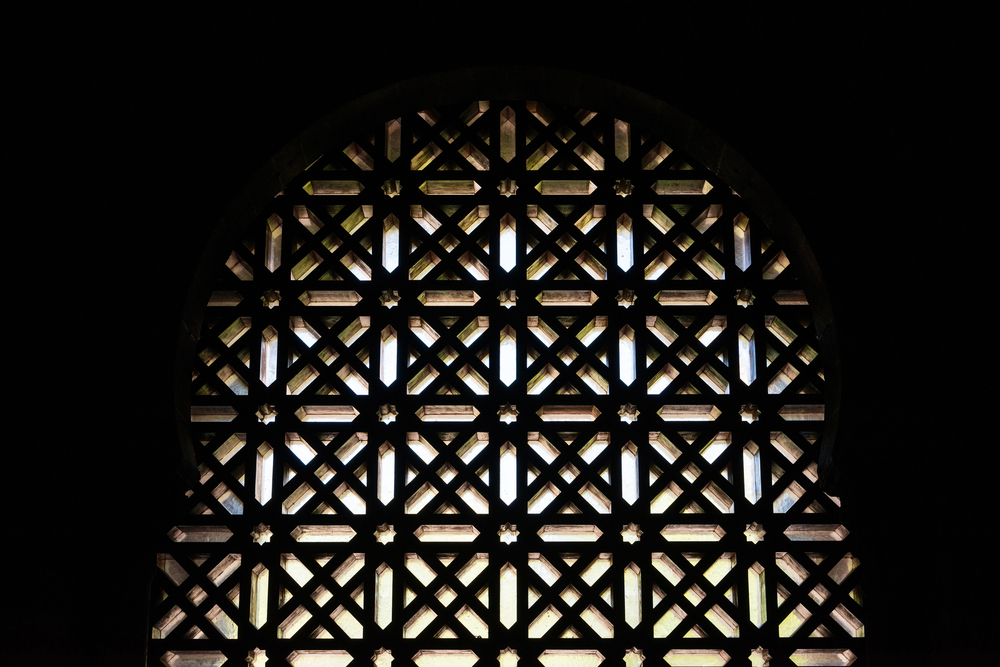









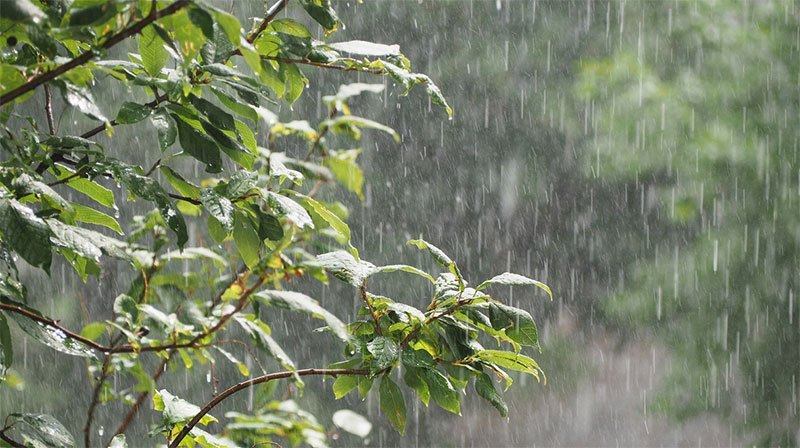





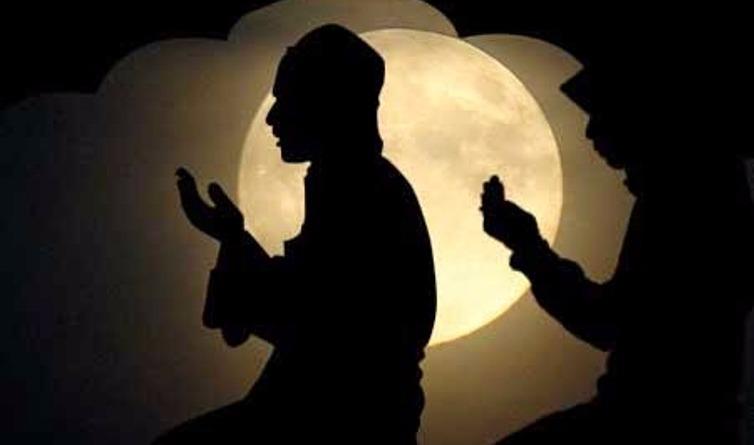


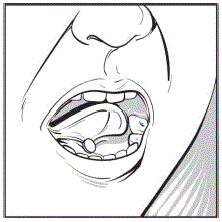



![[Q-ID0698] How is it to have a scan/test via X-ray, ultrasound, MRI, CT, ECG, etc while Fasting?](http://www.seekerspath.co.uk/wp-content/themes/hueman-pro/assets/front/img/thumb-medium-empty.png.pagespeed.ce.q0RS_Oe2Ar.png)





